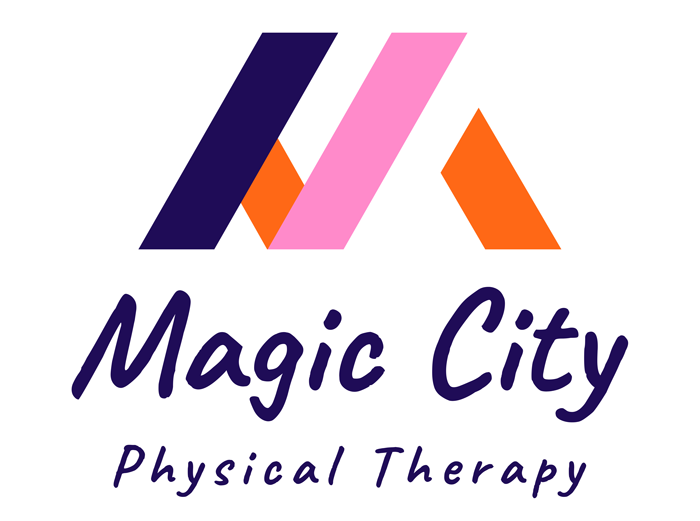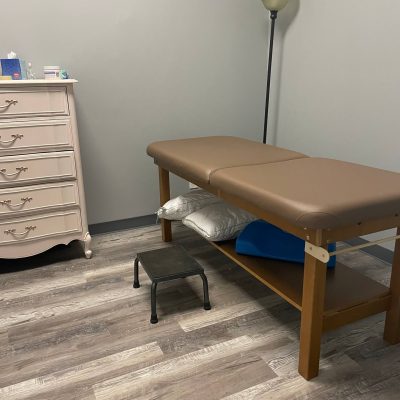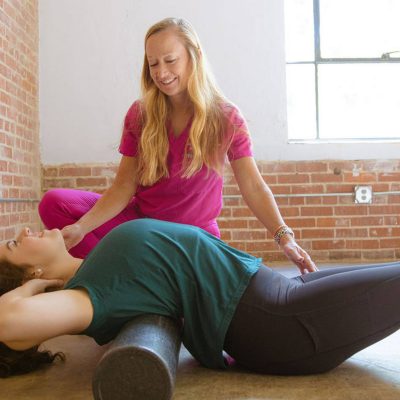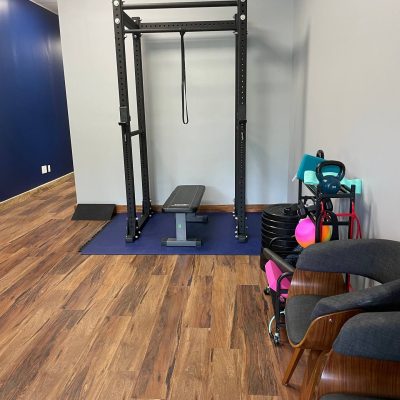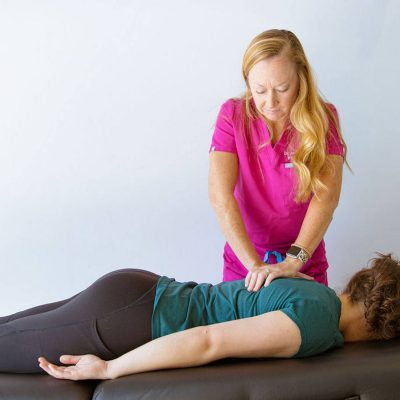As pediatric pelvic floor therapists, we often see children struggling with bedwetting, constipation, or urinary urgency. Parents diligently follow toileting schedules and dietary recommendations, yet progress sometimes stalls. What if the missing piece of the puzzle isn’t in the bladder or bowel, but in the way a child breathes?
It may seem surprising, but research and clinical experience show a deep connection between airway function and the pelvic floor. Poor breathing mechanics, often tied to conditions like mouth breathing, tongue ties, or sleep-disordered breathing, can disrupt core stability, bladder control, and proper elimination. Understanding this relationship can be a game-changer for families seeking lasting solutions to common pelvic floor concerns in children.
The Airway-Pelvic Floor Connection
The pelvic floor is part of a dynamic system that includes the diaphragm (our main breathing muscle) and deep core muscles. These structures work together to maintain intra-abdominal pressure, support the spine, and regulate functions like urination and defecation.
When a child breathes well—primarily through their nose with their tongue resting on the roof of the mouth—the diaphragm moves efficiently with each breath. This natural movement promotes core stability and encourages healthy pelvic floor function.
However, if a child habitually breathes through their mouth, the diaphragm’s function is altered. Mouth breathing is often linked to low tongue posture, which can lead to improper craniofacial development, sleep disturbances, and even postural changes affecting the entire body—including the pelvic floor.
How Airway Issues Contribute to Pelvic Floor Dysfunction
- Mouth Breathing and Core Weakness Mouth breathers tend to develop compensatory breathing patterns, using their neck and chest muscles rather than their diaphragm. This can lead to poor core activation, affecting the pelvic floor’s ability to contract and relax appropriately. Children with weak core muscles may have difficulty with bladder and bowel control, leading to issues like incontinence or constipation.
- Sleep-Disordered Breathing and Nighttime Accidents Obstructive sleep apnea (OSA) and other forms of sleep-disordered breathing (SDB) are increasingly recognized in children. These conditions cause fragmented sleep, preventing the body from fully relaxing and achieving proper hormonal regulation. One key hormone, antidiuretic hormone (ADH), is responsible for reducing urine production at night. Children with SDB often have lower ADH levels, leading to increased nighttime urination and bedwetting.
- Tongue-Tie and Dysfunctional Swallowing A restricted tongue (due to ankyloglossia, or tongue-tie) may prevent a child from properly resting their tongue on the palate. This can affect oral development, swallowing patterns, and airway function, leading to mouth breathing and inefficient core engagement. Over time, this can impact the pelvic floor’s ability to coordinate with the diaphragm, potentially contributing to dysfunctions like urinary urgency, constipation, or pelvic pain.
- Postural Changes and Pelvic Floor Imbalance Children with persistent airway issues often exhibit characteristic postural changes—forward head posture, open-mouth resting position, or excessive lumbar curvature. These postural shifts can place unnecessary strain on the pelvic floor, leading to tightness or weakness that disrupts normal toileting function.
What Parents Can Do
If your child struggles with pelvic floor dysfunction and traditional strategies haven’t resolved the issue, consider evaluating their airway health. Here are a few steps to take:
- Observe Their Breathing: Watch your child at rest and during sleep. Do they breathe through their mouth? Snore? Frequently wake up tired?
- Check for Oral Restrictions: A pediatric dentist, myofunctional therapist, or speech-language pathologist can assess for tongue-tie or other oral dysfunctions that might impact breathing.
- Address Sleep Concerns: If sleep-disordered breathing is suspected, a consultation with an ENT (ear, nose, and throat specialist) or sleep specialist can provide further insight.
- Incorporate Breathing Exercises: Encourage nasal breathing through techniques like diaphragmatic breathing or guided breathing exercises, which can enhance core and pelvic floor function.
- Seek Pediatric Pelvic Floor Therapy: A trained therapist can assess both the pelvic floor and breathing patterns, providing targeted interventions that address the root causes of dysfunction.
The Bigger Picture
Children’s bodies are beautifully interconnected, and dysfunction in one area—such as the airway—can have ripple effects throughout the entire system. By recognizing the profound link between breathing and pelvic floor function, we can offer more holistic and effective treatment strategies for common childhood concerns like bedwetting, constipation, and urinary urgency.
If your child is struggling with these issues, don’t just focus on one thing—take a deep breath and look at the bigger picture. Sometimes, the key to dry nights and happy tummies lies in something as simple as proper nasal breathing.
